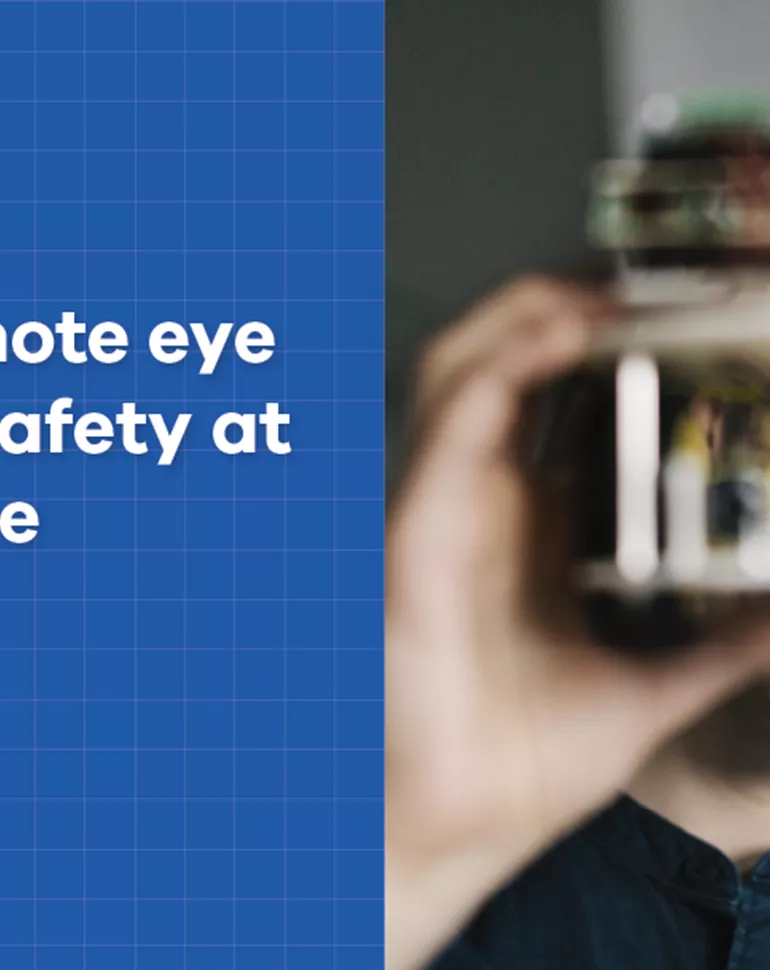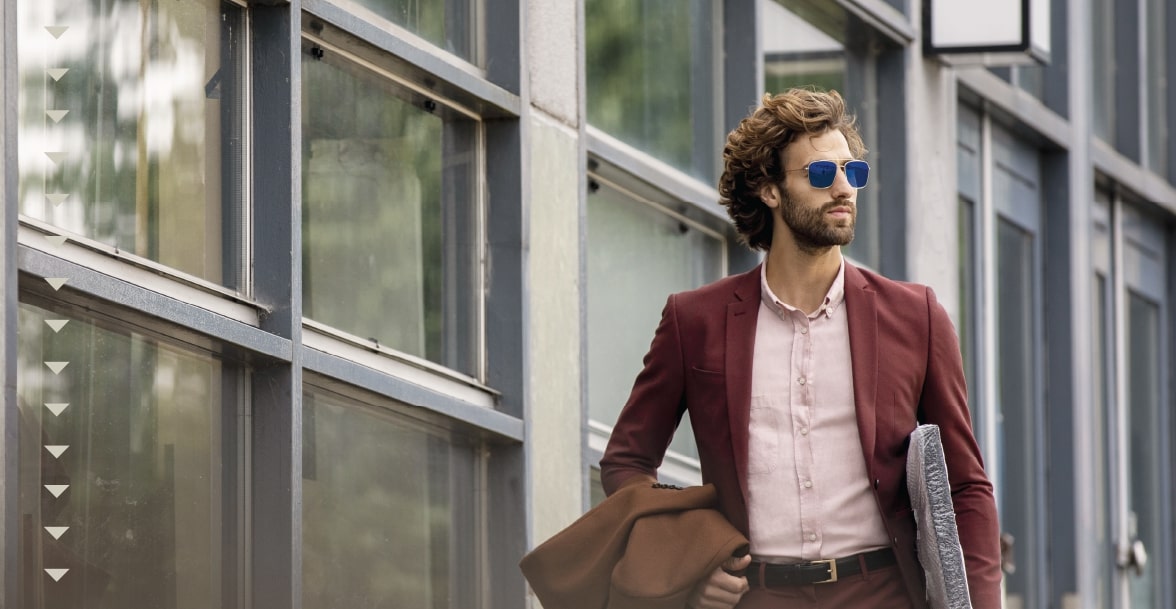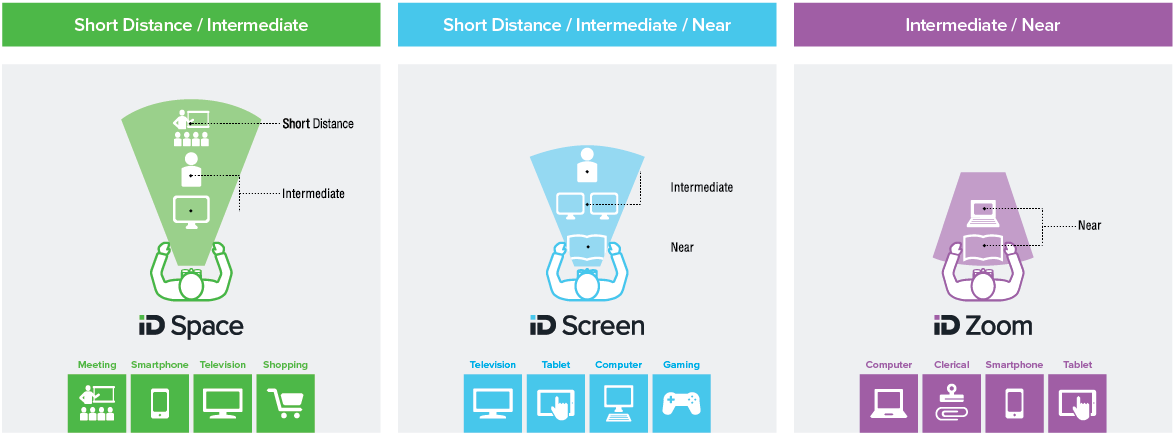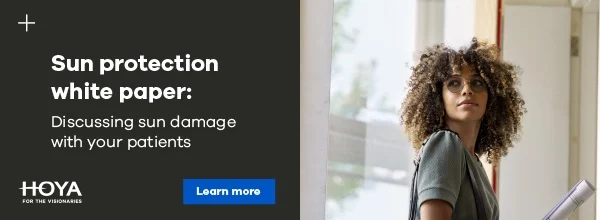March is Workplace Eye Wellness Month – a month centered on the eye health of employees and employers at work. As an ECP, you can put more emphasis on this month at your practice for your own employees and use it as an opportunity to speak to patients about their eye health needs.
To get the conversation going around eye health and safety, start by getting familiar with the most commonly overlooked dangers.
The three most overlooked dangers to eye health in the workplace
For most of us, the first thing we think of when we hear "workplace eye injuries" is something drastic going wrong with a saw on a construction site. While those do happen, the day-to-day wear-and-tear on our visual system from screens, UV rays, and blue light all take their toll in the workplace. Let's look at how we can talk to our patients about these eye safety issues.
① Digital eye strain
Many of your patients are spending too much time in front of screens as they work remotely or in office. Studies show that on average, adults are spending 11 hours a day viewing screens, and our eyes were not meant for this much blue light exposure.
While you’re visiting with your patients, ask if they are experiencing any of these key symptoms:
- Fluctuation in vision
- Tired eyes
- Headaches
- Light sensitivity
- Eye rubbing and dryness
Patients may be dealing with digital eye strain and need information about blue light exposure and the effects of too much screen time. Our blue light white paper explains everything we already know and don’t know about blue light.





